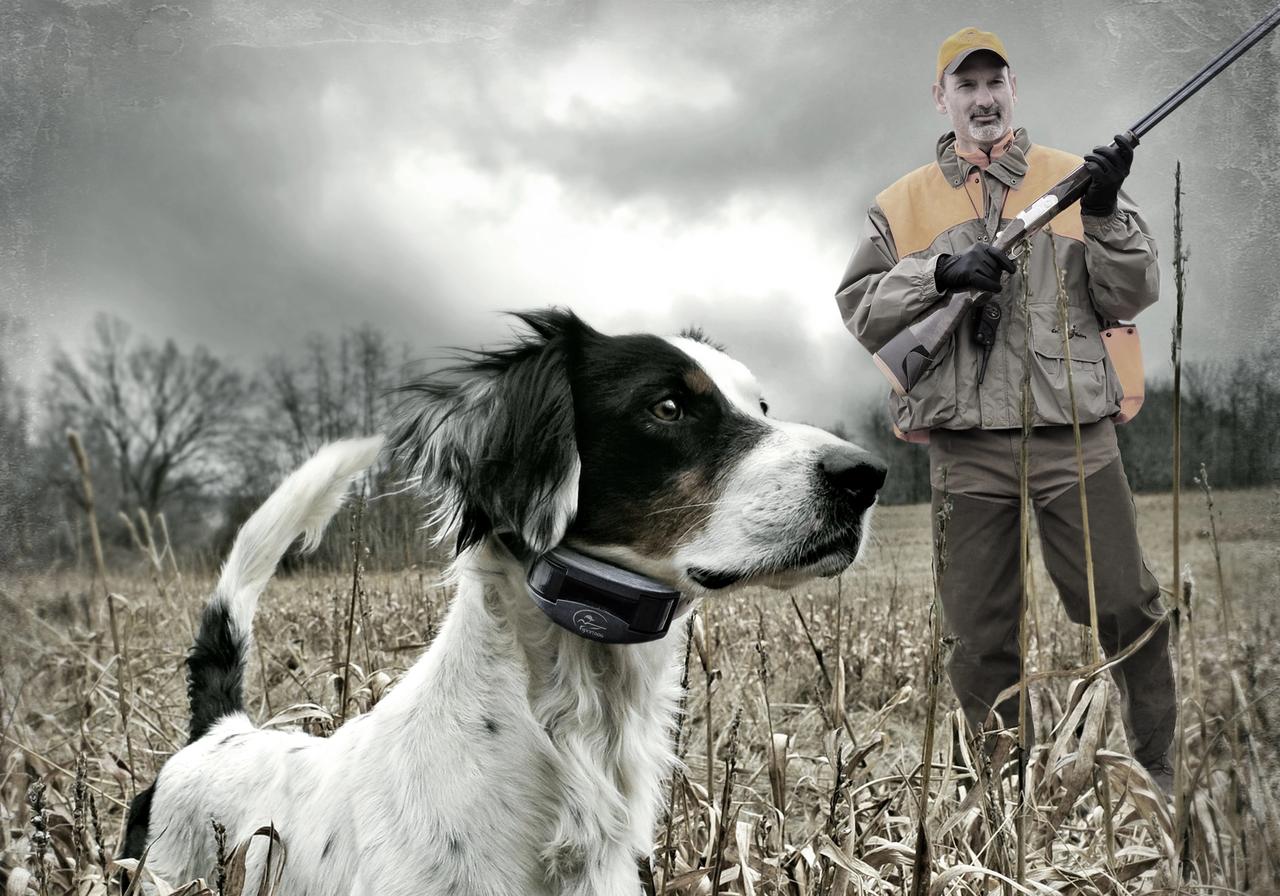
Gun Shy Dogs Can Blossom
Posted by The SportDOG StaffEvery dog training book will preach that you must be so very careful when introducing a young dog to the sight, and especially the sound of a shotgun, but rarely will they tell you how to cure a gun shy dog. Some dog training veterans simply will not try. It can be a lot of work and the failure rate is usually higher than a skilled trainer would like to admit, but it can be done and fairly quickly.
The best bet is to not let a dog be startled by the blast of a shotgun or any extremely loud noise. A young pup should be introduced to loud noises gradually and always with a reward. When a young dog’s food bowl is ready to be filled, bang the pan a bit to get the pup’s attention. When it’s feeding time, make a little noise as the pup feeds. Increase the noise level without startling the puppy. As the dog grows older, fire a blank gun in the distance at feeding time. A dog will soon learn that noise is a big part of life and he won’t fear loud noises, whether from pots and pans banging or the blast of a shotgun.
Most pups soon learn that a shotgun is a very good thing. They’ll dance at the sight of a gun, for it will mean it’s time to head to the bird field. The sound of a shotgun blast will grab a dog’s attention, but in a good way. The thrilling flight of a game bird will be matched with the sound of a shotgun, and a mouth full of pheasant will be the glorious end result.
A dog that has developed a fear of loud noises, usually at the hand of an owner, who is new to the dog training game, is a problem child. Simple obedience training will be difficult because of the dog’s shy nature. A loud command will often be enough to short circuit a training season. Forget about field work at this time. When a shotgun goes off, the dog’s fear of loud noises will take over and the lesson will be over for the day.
A young dog arrived at the kennel recently, its owner frustrated by the dog’s fear of gunfire. Years ago I may have written this dog off. Who wants to spend days, weeks, or even months trying to cure such a fault?
This dog was put into an indoor/outdoor kennel and allowed to socialize with the other dogs. Off in the distance, we fired a shotgun. Although the other dogs became excited by the blast and were eager to go hunting, the gun shy dog raced from the outside kennel to an inside box, where it hid until the barking died down.
My next step was to let the gun shy dog become acclimated to the kennels and the daily feeding schedule. He soon fit right in, expecting a morning meal each day. The following morning, after filling the dog’s stainless steel bowl with food, an assistant fired a gun as the dog started to eat. He immediately ran through the kennel door to safety. After lowering the door to the kennel run, I removed his food bowl. There was plenty of water for him, but I knew hunger would eventually set in. The next day I followed my same game plan. Placing his filled food bowl in front of him, again a gun was fired. The same results followed, and I again lowered the kennel door and removed his food.
On the third day, when the gun was fired the dog started to head for the security of his inside kennel, but then abruptly stopped. He realized the other dogs in the kennel were not afraid of the noise. The gunfire had not harmed him and he was really hungry. He looked around at the other dogs while they ate and gingerly returned to his food dish.
On the fourth day, the gun shy dog flinched at the gunfire but never moved from his food dish. I switched from the shotgun to a blank gun and moved closer to the kennels. After a few days of listening to the blank gun, the formerly gun shy dog wasn’t surprised at all by the sound of a shotgun.
Heading to the bird fields, we began to build on his new found confidence. He began to watch other dogs work birds and joined in their excitement. When a shotgun was fired, his attention was on the flying birds and he never flinched. Finally, a dog that had almost been rejected for the bird field was eager to go to work.
Always check your local and state regulations related to dog training and the use of game birds on private and public property.
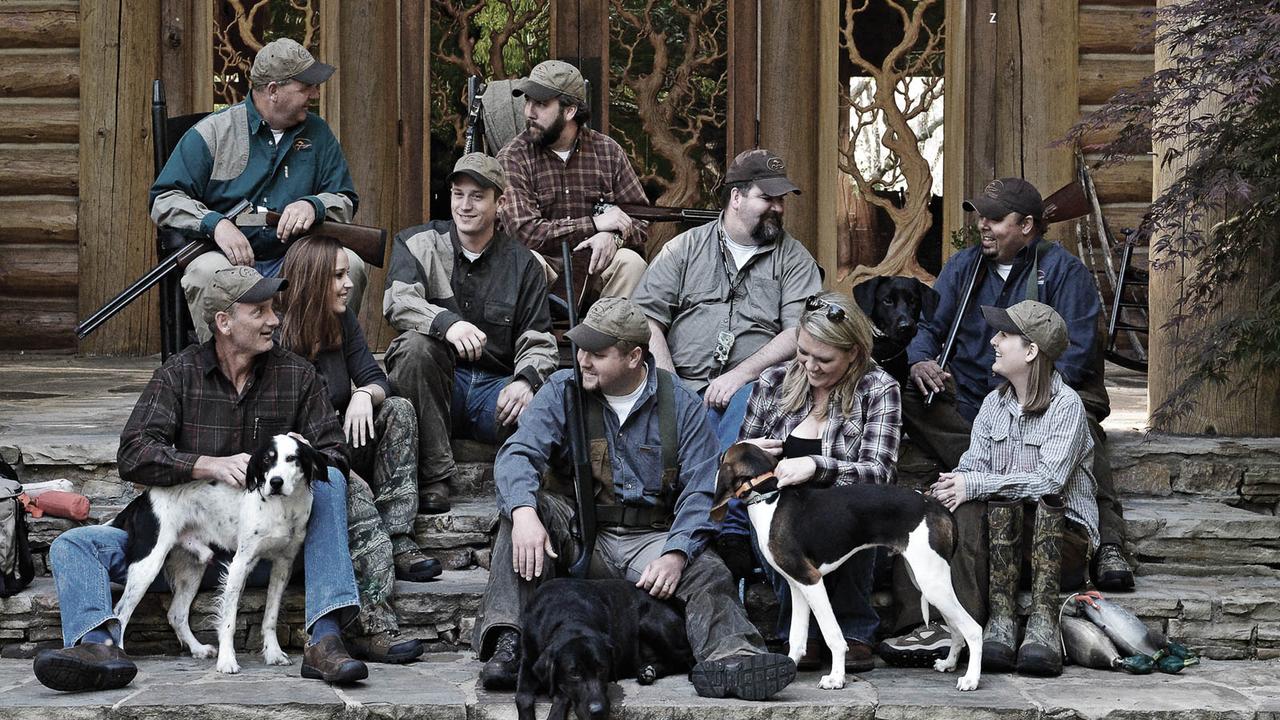
The SportDOG Staff
Related Articles
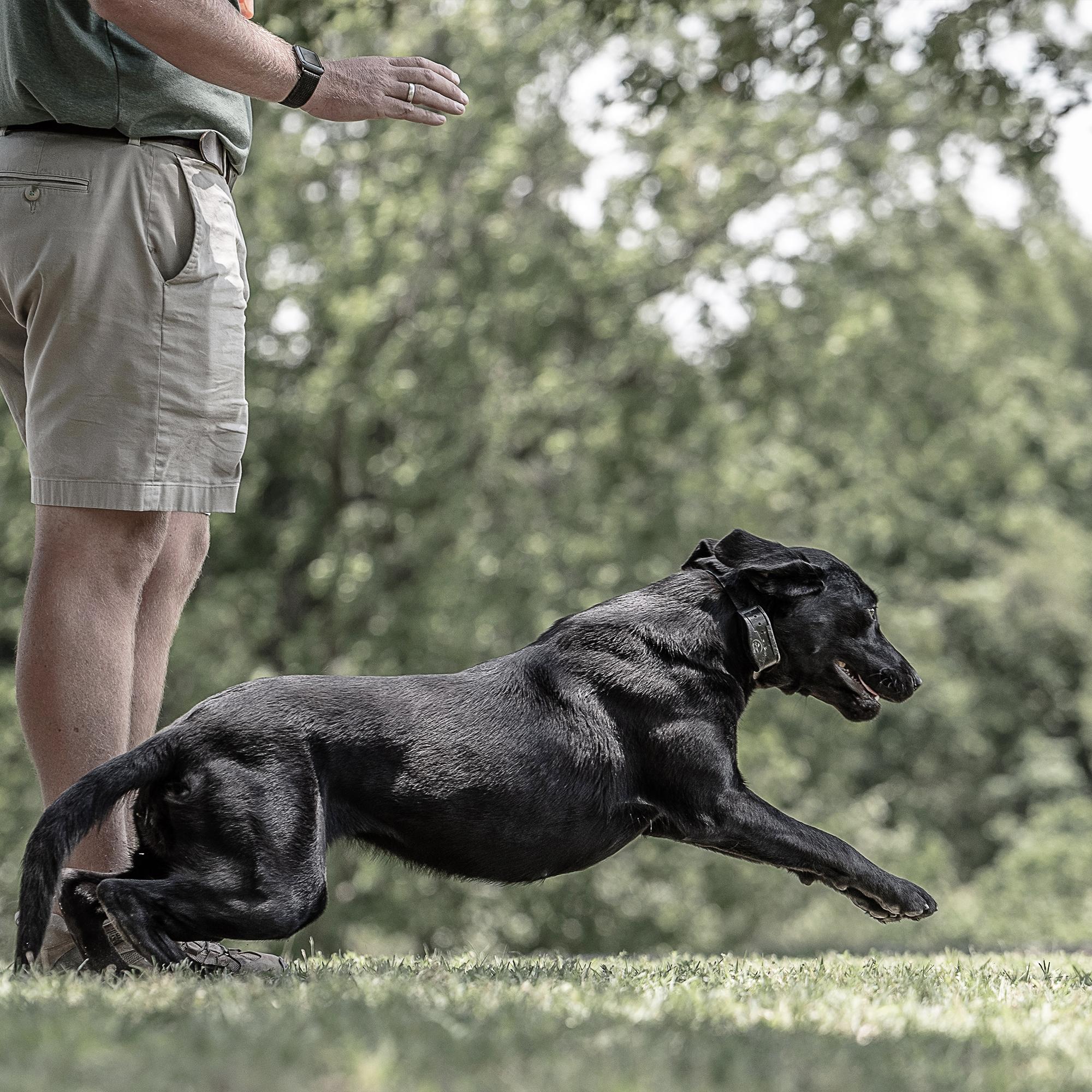
Tips on Gun Training With Your Dog - Video
by The SportDOG Staff
In this SportDOG Brand Training Tip (originally aired on Pheasants Forever Television) Tom Dokken shares his insight into gun training your hunting dog. Gun training is one of the most important parts of training your hunting dog, so don't rush the process. Allow about two weeks to have your gun...
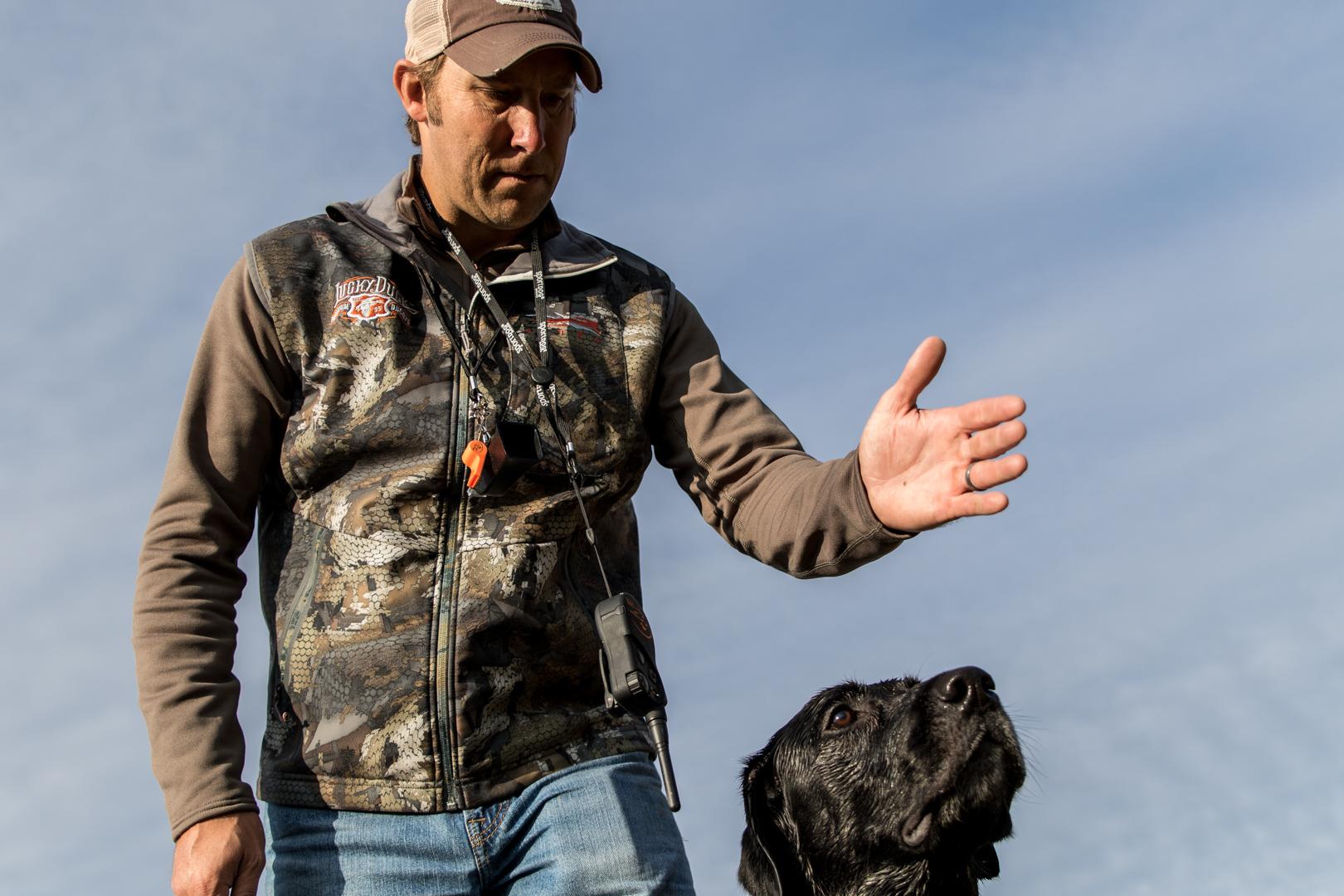
10 Mistakes in Gun Dog Training and How Not to Make Them - Part 1
by The SportDOG Staff
The best thing about the years that ourselves and our ProStaffers have spent training dogs is that we've made the mistakes. We preach the value of mistakes because you will learn from them even more than your successes, but there's no reason you can't learn from ours. We constantly hammer...
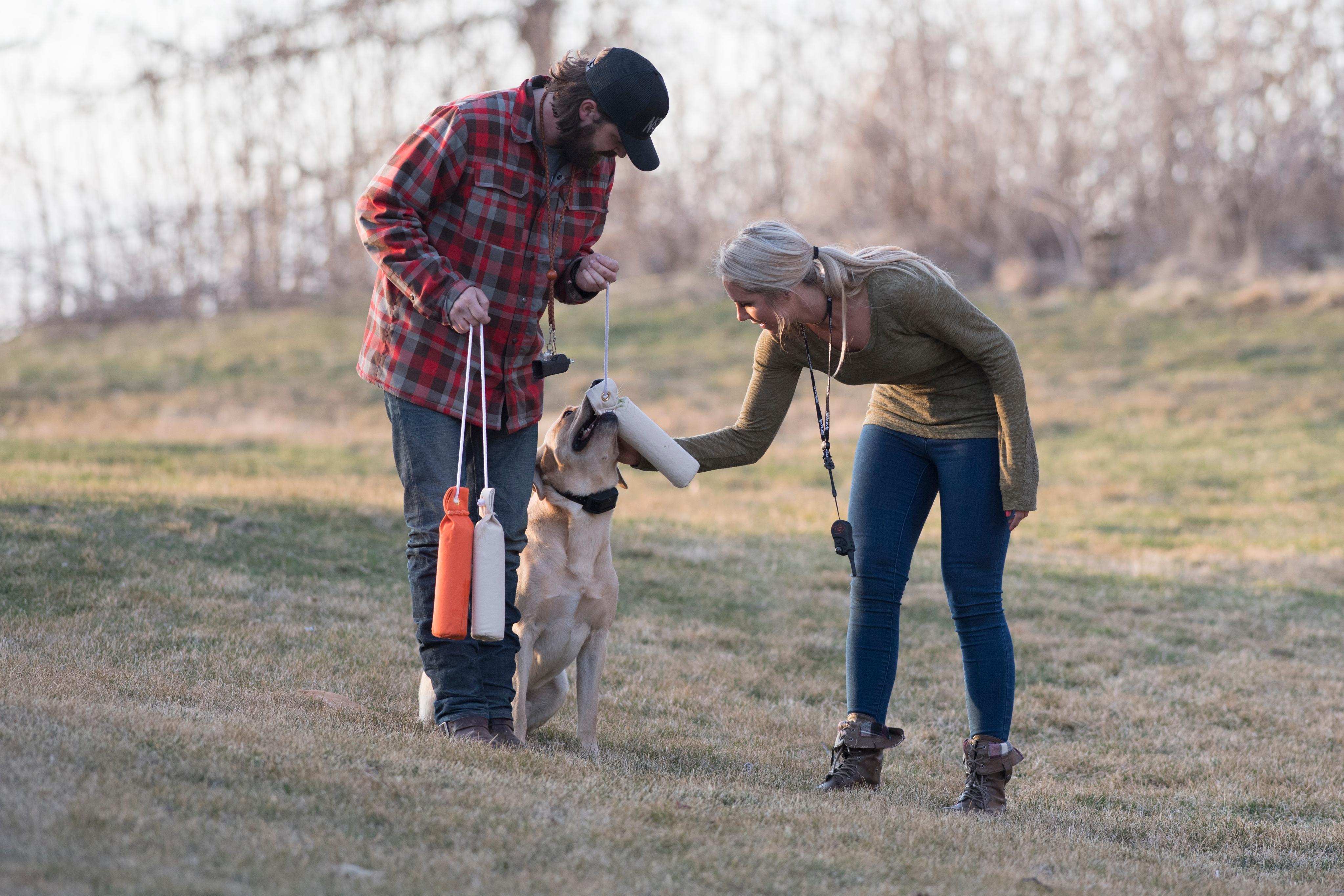
Keeping the Fun in Retriever Training
by The SportDOG Staff
Wouldn’t it be nice in the middle of a rough day if someone stopped by and said a few words that made all your cares go away? Instantly your negative feelings would disappear and you’d be happy. Well, in retriever training, there is something that can have that effect on...
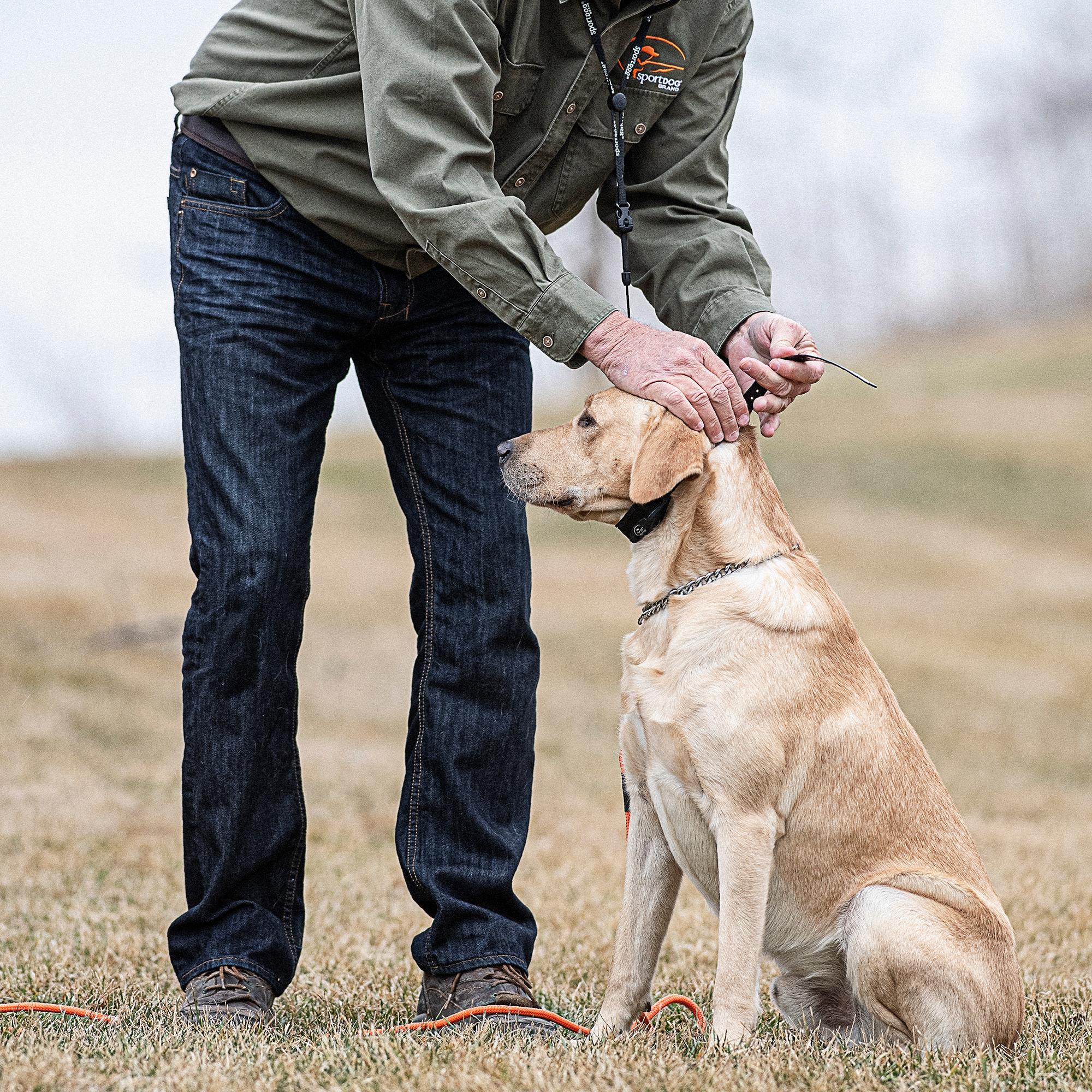
Moving to E Collar Training - Video
by The SportDOG Staff
In this SportDOG Training Tip (originally aired on Pheasants Forever TV) SportDOG Brand Senior Pro Staffer Chris Akin walks you through transitioning your gun dog from a leash training program to an electronic collar dog training program. Chris makes this lesson simple and easy to follow. It can be applied...
